 Arthropods are a phylum of invertebrates with jointed appendages, segmented bodies, and a hard exoskeleton with a cuticle made of chitin. Arthropods form a very diverse group of up to ten million species. Many familiar arthropod species include insects, spiders, scorpions, centipedes, millipedes, and the aquatic crustaceans such as crabs, crayfish, shrimp, lobsters, and barnacles. The phylum includes more species and more individuals than all other groups of animals combined. Over 85 percent of all known animal species are arthropods. 
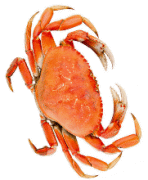
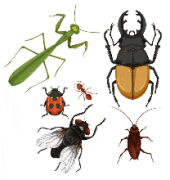
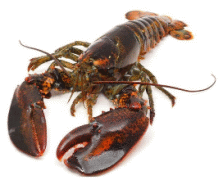 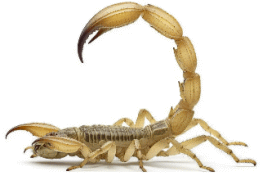
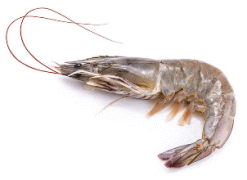
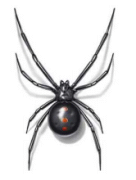 In order to keep growing, arthropods must go through stages of moulting, a process by which they shed their exoskeleton to reveal a new one. During the moult, they form a larger exoskeleton to allow for expansion of their body. The muscles for movement are attached to the inner surface of the exoskeleton. Arthropods colonize every habitat ... from the equator to the poles, from high mountains to the deepest ocean trenches, and from rain forests to deserts and hot springs. They fill all consumer food web levels. Arthropods range in size from tiny gall mites (80 µm) to Japanese spider crabs with leg spans of up to an amazing 3.6 metres. Arthropods have been around for a long time. Their ancestors originated 530 million years ago in Cambrian oceans. Arthropods exist today because they have successfully adapted to changing environments during this long period of time. |